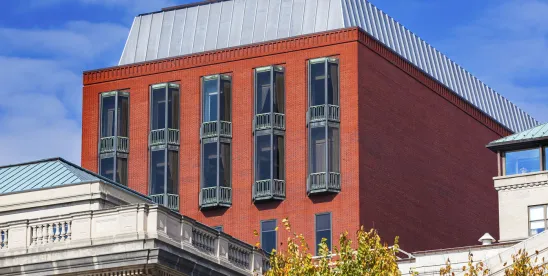In an appeal stemming from the denial of a preliminary injunction and dismissal of the complaint, the US Court of Appeals for the Federal Circuit clarified its precedent and explained that a district court may construe claims at the motion to dismiss Rule 12(b)(6) stage, but only to the extent necessary to decide the motion. UTTO Inc. v. Metrotech Corp., Case No. 23-1435 (Fed. Cir. Oct. 18, 2024) (Prost, Taranto, Hughes, JJ.)
UTTO sued Metrotech in the US District Court for the Northern District of California for patent infringement and tortious interference with prospective economic advantage under California law. UTTO also moved for a preliminary injunction. The asserted patent describes and claims methods for detecting and identifying “buried assets,” which refers to underground utility lines. The district court denied the preliminary injunction because of UTTO’s failure to show a likelihood of success on the merits for infringement based on the district court’s construction. The district court adopted a construction of the term “group” as requiring at least two data points per buried asset. The district court then dismissed the original complaint for failure to state a claim on which relief could be granted but allowed UTTO to amend, explaining that infringement of the claims as construed at the preliminary injunction stage was not pled.
UTTO then filed an amended complaint, which the district court also dismissed, noting that UTTO failed to plead facts supporting infringement of other limitations under the claim construction issued at the preliminary injunction stage. The district court again granted UTTO leave to amend, which UTTO did. But the district court dismissed that third complaint as well, this time with prejudice, citing the claim construction in its order at the preliminary injunction stage.
On appeal, UTTO (citing 2018 Federal Circuit precedent Nalco v. Chem-Mod) challenged the district court’s claim construction and its reliance on a claim construction in an order denying summary judgment to dismiss a complaint. The Federal Circuit explained that claim construction by a district court “to resolve . . . particular claim construction issues in [a] case” may be necessary and is not categorically barred at the Rule 12(b)(6) stage. The Court explained that there is a “logical relationship of claim construction” between “infringement and the normal function of courts deciding whether to grant a Rule 12(b)(6) motion.” An infringement analysis first requires an analysis of the scope and meaning of the claims asserted and then the “properly construed claims” are compared to the accused device or method. Often, claims are construed based on intrinsic evidence alone, which the Federal Circuit concluded “is not different in kind from the interpretation of other legal standards, which is proper and routine in ruling on a motion under Rule 12(b)(6).” As an example, the Court cited its routine dismissals under Rule 12(b)(6) in connection with motions under 35 U.S.C. § 101.
The Federal Circuit cautioned that not all claim construction issues need to be construed at the Rule 12(b)(6) stage, but only those issues necessary to decide a particular issue, such as invalidity or infringement. The Court also noted that extrinsic evidence in the form of expert testimony may be helpful to construe claims, and the use of experts is within the discretion of the judge.
As for this case, the Federal Circuit was unsatisfied with the district court’s claim construction analysis and remanded for further proceedings. The Federal Circuit emphasized the need for a more developed record and suggested that extrinsic evidence may have a place in that record.




 />i
/>i

